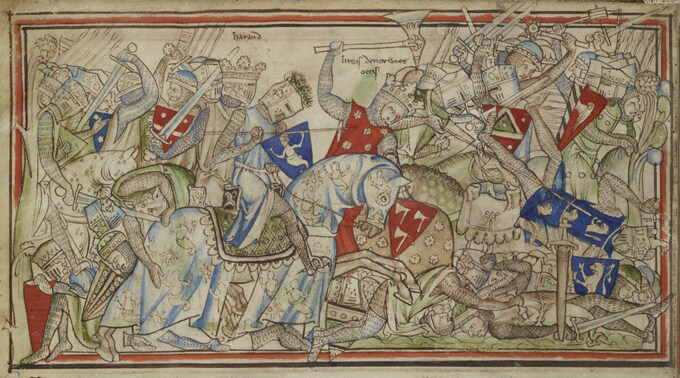The Queen's Hamlet
The Queen’s Hamlet is a charming attraction in the park of the Palace of Versailles, built for Marie Antoinette in the 18th century. It consists of a group of rustic cottages and farm buildings, arranged around an artificial lake, that served as a place of leisure and education for the queen and her children. The hamlet was inspired by the naturalistic movement in art and architecture, and by the model farms that were popular among the French aristocracy at the time. The hamlet was also a way for Marie Antoinette to escape the formalities and pressures of the court life, and to enjoy a simpler and more intimate lifestyle. The hamlet was designed by Richard Mique and Hubert Robert, who also modified the landscape of the Petit Trianon, where the hamlet is located. The hamlet has three distinct areas: the reception area, where the queen entertained her guests in the boudoir, the billiard room, and the Queen’s House; the farm area, where the animals and crops were raised and the dair...



Comments
Post a Comment